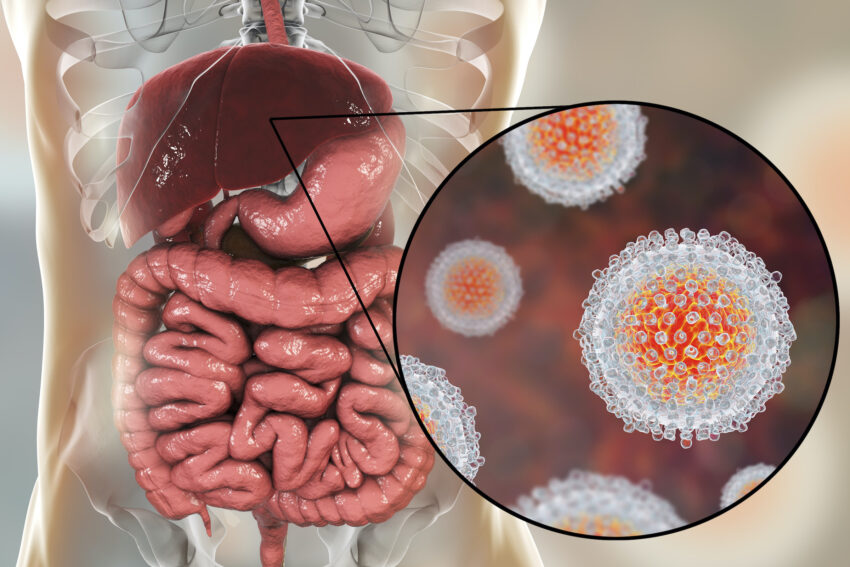A recent study has shed light on critical aspects of the hepatitis E virus (HEV) that could revolutionize targeted treatment and diagnosis methods. HEV infections typically manifest with symptoms such as fever, abdominal pain, pale stools, nausea, and jaundice, with pregnant women and immunocompromised individuals being particularly vulnerable to severe cases. The geographical distribution of HEV strains varies, with zoonotic genotypes 3 and 4 prevalent in the Global North and water-borne genotypes 1 and 2 found predominantly in the Global South.
Currently, Europe lacks authorized vaccines against HEV, and available treatment options often come with strong side effects and risk of resistance development due to limited understanding of the virus’s life cycle. The study focused on the viral polyprotein pORF1, which plays a crucial role in HEV replication. Through innovative approaches like confocal laser scanning microscopy, researchers identified that pORF1 accumulates in the cell’s vesicle system, particularly in multivesicular bodies (MVBs), which are essential for exosome formation.
The team discovered that pORF1’s presence in MVBs is dependent on a specific domain called the papain-like cysteine protease (PCP). Further investigation revealed that the viral replicase is released via exosomes, a process facilitated by the viral protease within the replicase. This mechanism allows viral genomes to be disseminated through exosomes even in the absence of virus particles, potentially influencing the spread of the infection.
The study’s findings suggest that targeting exosomes and associated protein structures could be a promising strategy for developing therapeutics against HEV. Inhibiting this pathway could hinder viral replication and release, offering a novel approach to managing HEV infections. Moreover, the discovery of capsid-independent release of HEV genomes could impact diagnostic methods, challenging the assumption that virus particle levels correlate with viral genome presence.
While the research paves the way for advanced treatment and diagnostic avenues for HEV, further studies are needed to explore the implications of genomic RNA presence in exosomes without a capsid. The study, led by Dr. Mirco Glitscher and Professor Eberhard Hildt from the Paul-Ehrlich-Institut, has been published in the journal Cellular and Molecular Gastroenterology and Hepatology.
This groundbreaking research not only enhances our understanding of HEV replication mechanisms but also opens up new possibilities for targeted interventions and diagnostic strategies, offering hope for more effective management of hepatitis E infections in the future.
*Note:
1. Source: Coherent Market Insights, Public sources, Desk research
2. We have leveraged AI tools to mine information and compile it

